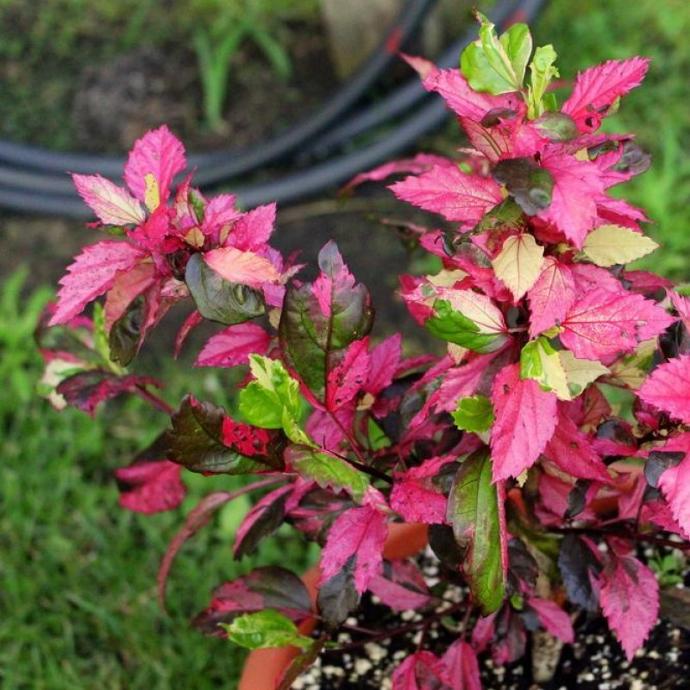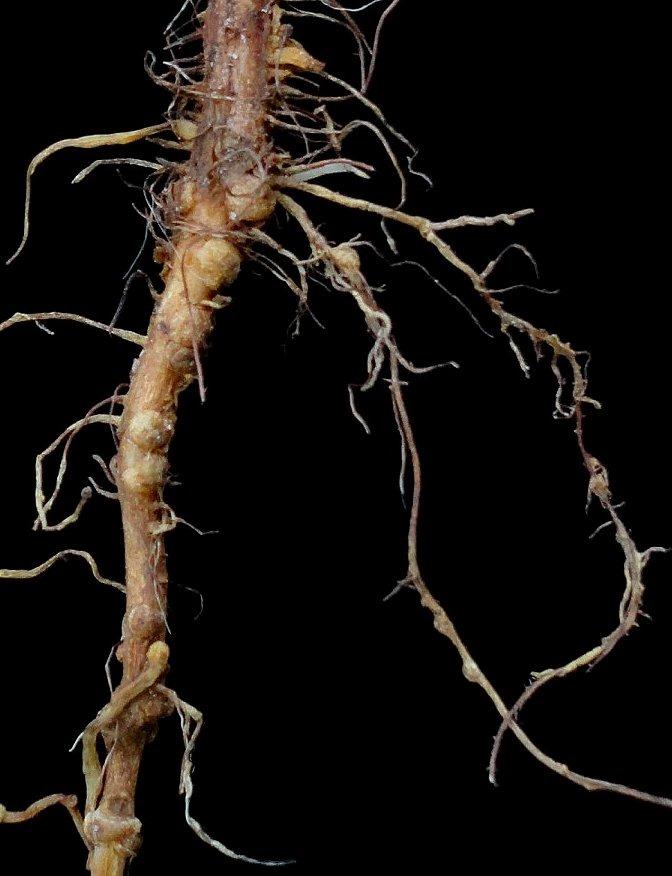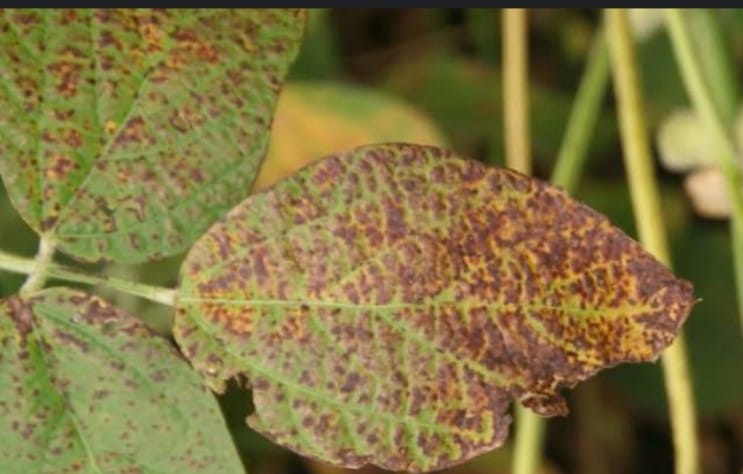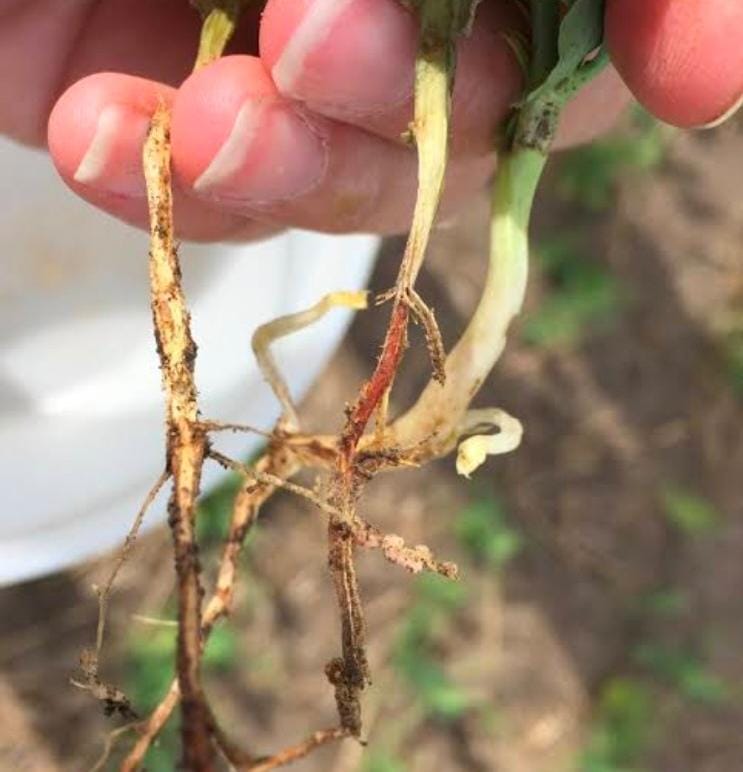Red hot variegated hibiscus Plant
Red Hot Variegated Hibiscus, a specific variety of Hibiscus, may have varying care requirements. Generally, plant in well-draining soil with full sun exposure. Water consistently, and fertilize during the growing season for optimal flower production. Pruning helps maintain a tidy appearance.
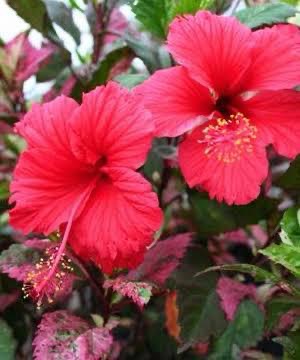
Habit
shrub
Height
1 to 2 m
Growth
Fast
Soil
Well-drained, Loamy
Shade
Full Sun
Moisture
Moist
Edible
No
Origin
Southeast Asia
Climatic Condition
Tropical, Subtropical
Temperature (°)
20°C to 30°C
Humidity (%)
60% to 80%
Potting media
50% Loam, 40% Sand, 10% Organic Matter
Fertilizers
Organic Fertilizer
Watering
Regular watering
Plant Weight
0.5 to 1.0 kg
Flowering Time
Summer to Fall
Soil Ph level
6.0 to 7.5
Water Ph level
6.0 to 7.0
Soil EC
0.5 to 0.7 mS/cm
Yield Per Plant
5 to 10 kg per plant
NPK ratio
10:10:10
life Span
2 to 3 years
Health Benefits
Ornamental, Decorative
Suggested Grow Media or Potting Mix ?
50% peat, 25% compost, 25% sand
Suggested Fertigation/Fertilizers
Fertilize every 2-3 weeks with a balanced fertilizer.
Common Diseases and Remedies
Root Rot , Leaf Spot
Leaf spot is encouraged by a fungus, symptoms include irregular spots that are discoloured, the leaves also fall to the ground.
Prune, repot, and airflow are key to treating and preventing root rot , Spray Neem Oil.
HEALTH BENEFITS
· Used for hair care, skin health, and as a tea for lowering blood pressure.
· Contains antioxidants that support heart health.
What Is A Red Hot Variegated Hibiscus?
Red Hot Variegated Tropical Hibiscus is a broad-leaved evergreen perennial with variegated leaves. Its leaves are a combination of green, bright rose, deep red, wine red, red, pink, and white. This plant also has single red flowers with wavy edges.
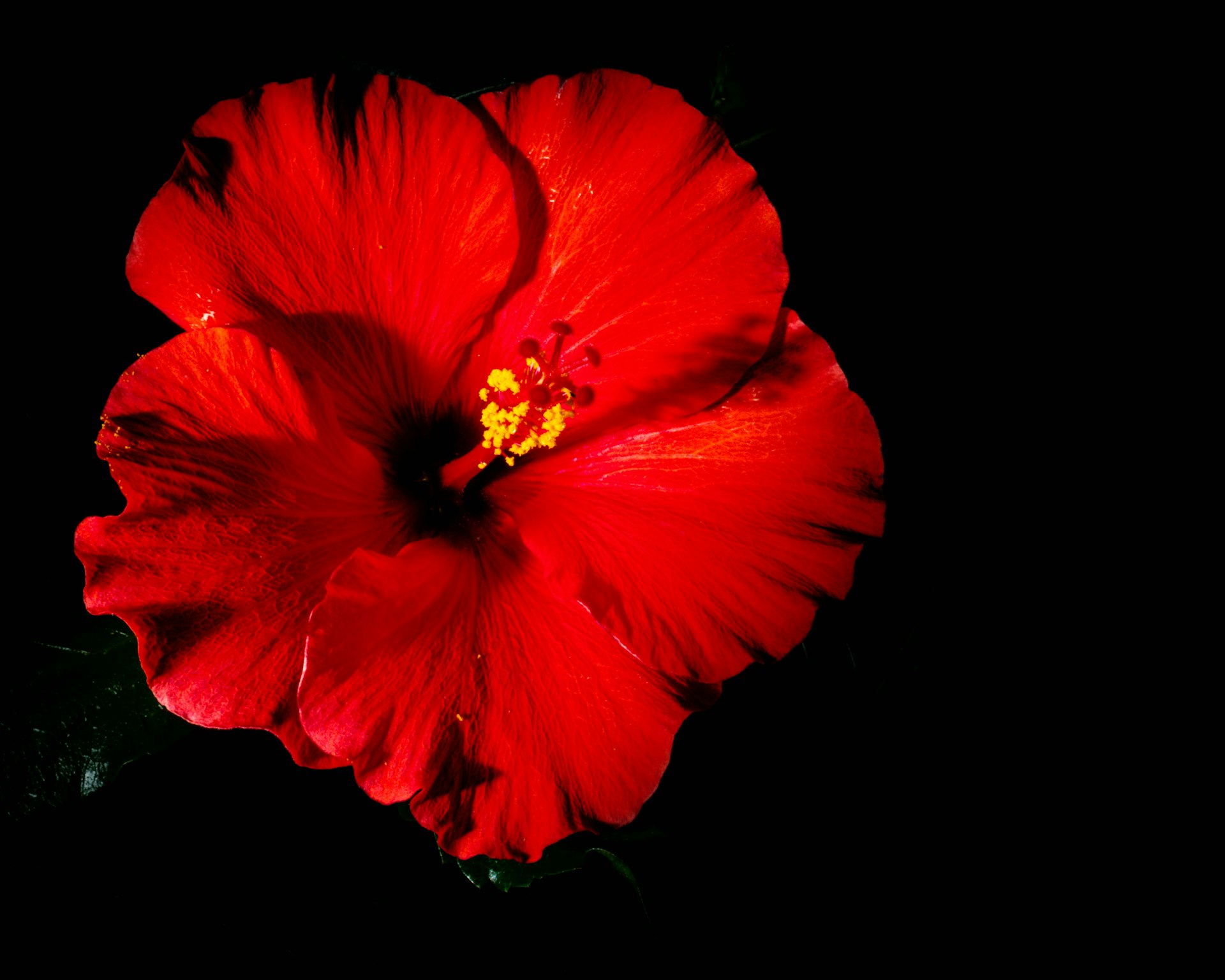
What Are The Different Types of Red Hot Variegated?
1. Red Variegated Hibiscus:-
Plants include red rose plant, white Singapore Ixora plant, pink Ixora Singapore plant, and Spanish Jasmine plant. Contains plants.
2. Prayer Plant:-
This unique ornamental plant has velvety green leaves with red veins and purple underside.
3. Peace Lily:-
This ornamental plant comes in a variety of varieties, almost always with white or slightly green flowers.
4. Variegated Sage:-
This plant has gray-green leaves with yellow-green margins and purplish-blue flowers that bloom in late spring.
5. Silver Vase Plant:-
Also known as the vase plant, this plant has dark green pointed leaves dotted with silver spots.
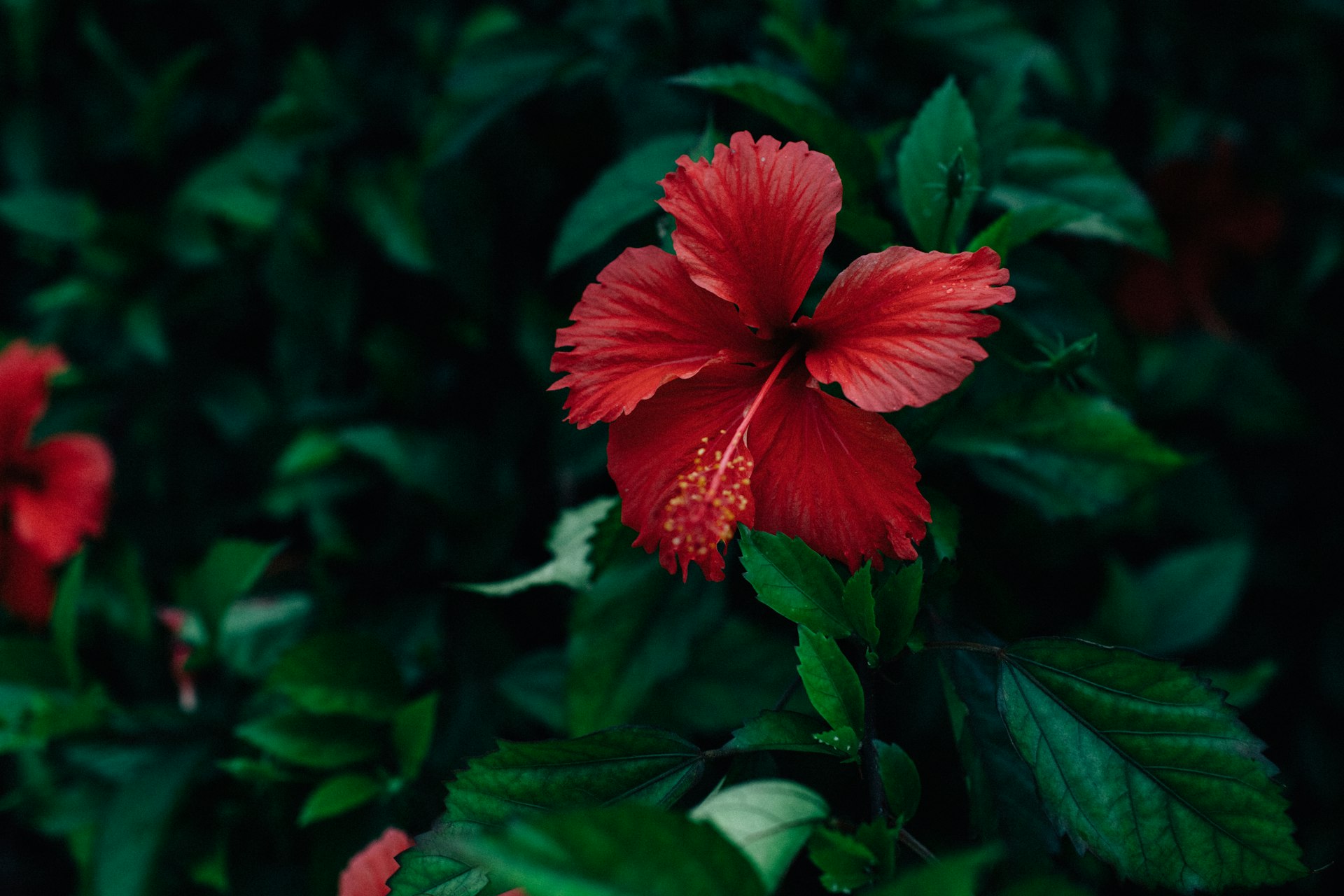
How to take care of Red Hot Variegated plants?
1. Location: -
responds to long-term fertilizer and grows very well in poor but well-drained soils.
2. Sunlight:-
Avoid direct sunlight. However, these plants prefer lots of indirect light.
3.Soil:-
Red-variegated plants prefer loose and well-drained soil. Thick soil can lead to root rot and other problems.
4. Hydration:-
Variegated Skin Ginger requires 0.8 cup of water every 9 days when planted in a 5.0 inch pot and not exposed to direct sunlight.
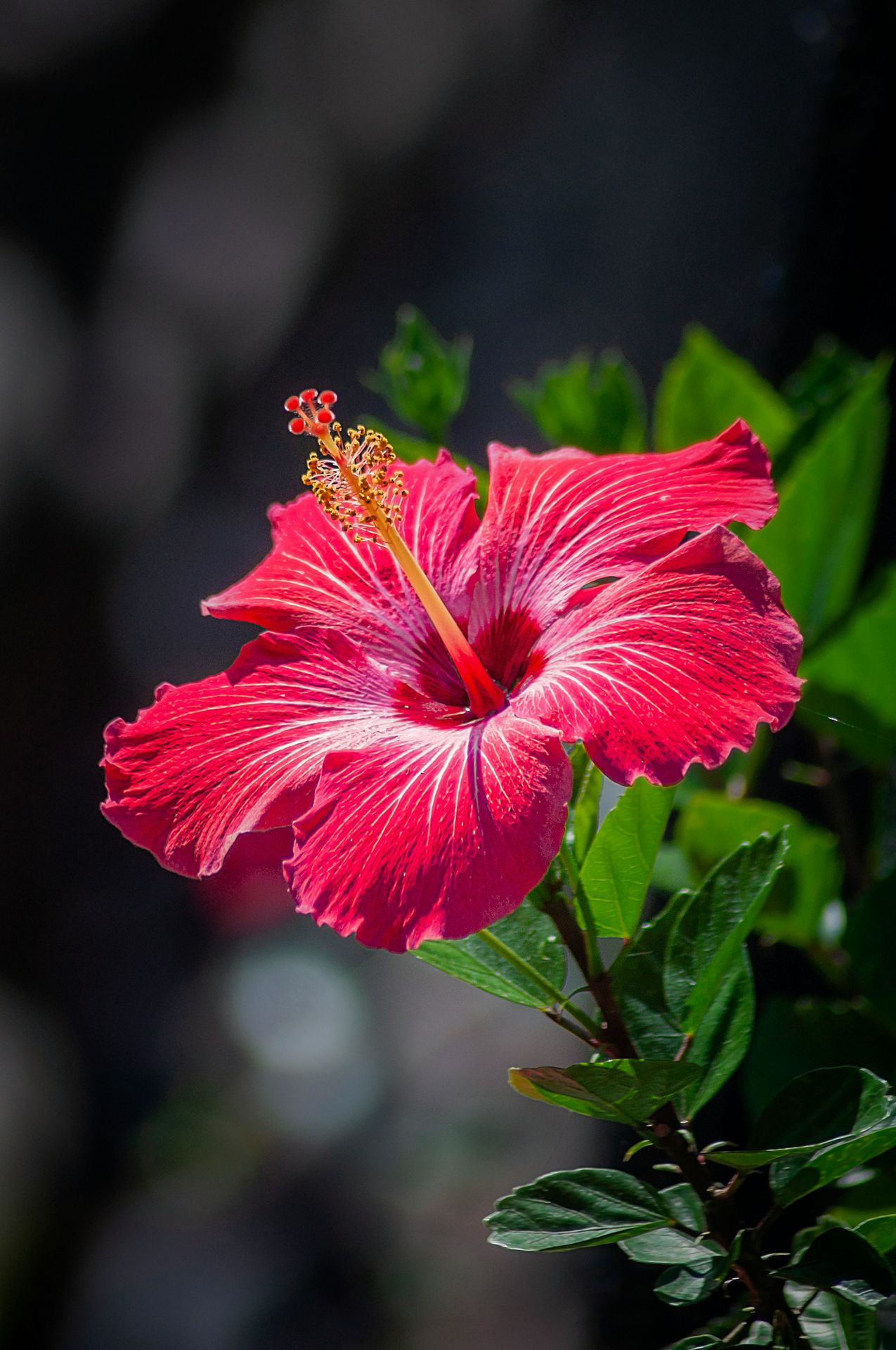
5. Nourishment: -
The plant requires minimal nutrients but responds to long-term fertilization and grows very well in poor but well-drained soils.
6. Issues:-
Weak vigor Albino growth Long legs Slow growth Yellowing of leaves Falling of leaves What are the benefits of Red Hot variegated plants? Improves immune system, Improve Skin ,Improve Energy ,Maintain Cognitive Health , ,Maintain Strong Bones and Teeth ,Hibiscus Tea Helps with Weight Management , Can Reduce Inflammation .
FAQ's about growing Red hot variegated plants
1. How to care for red hot colorful plants?
prefers the soil to dry between watering, so water regularly is needed. ...
2. Do colorful hibiscus need sun?
Hibiscus is heat tolerant and prefers neutral to acidic, well-drained soil and full sun.
3. What is the official name of hibiscus?
Hibiscus rosa sinensis
4. Is hibiscus a medicinal plant?
Folk medicine remedies to treat many diseases
5. Is hibiscus a tree?
Hibiscus is a genus of subtropical woody plants and small trees.
